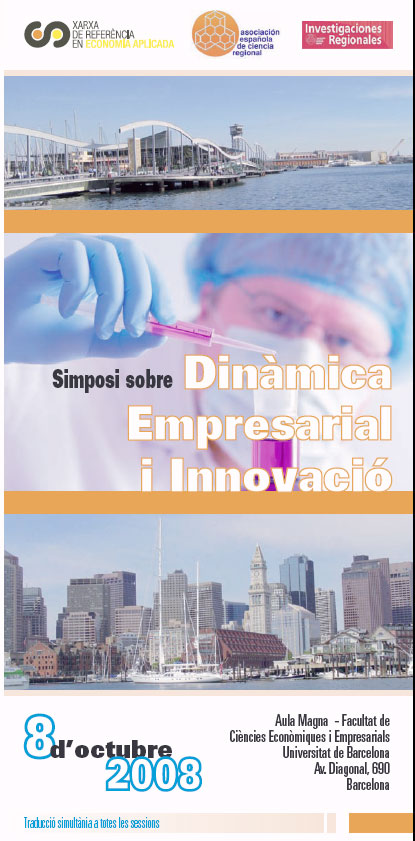El objetivo del trabajo es analizar el papel de los diferentes componentes del capital humano comodeterminantes de los ingresos de los inmigrantes recientes en el mercado de trabajo español. A partir de los microdatos de la Encuesta Nacional de Inmigrantes 2007, se examina la rentabilidad del capital humano de este colectivo, distinguiendo el adquirido en origen del acumulado en destino, así como el impacto salarial de la situación documental. La evidencia obtenida muestra que el capital humano adquirido en España tiene una mayor rentabilidad marginal que el acumulado en origen, lo que refleja la limitada transferibilidad de este último. La única excepción se da en el caso de los inmigrantes procedentes de países desarrollados o que han estudiado en España, independientemente de su procedencia, los cuales obtienen una rentabilidad de sus estudios –incluso de aquéllos cursados en origen– comparativamente elevada. Una situación legal en España está asociada, por su parte, con una sustancial prima salarial positiva (15%). Por último, el conjunto de la evidencia confirma la presencia de una fuerte heterogeneidad, tanto en la rentabilidad de las diferentes formas de capital humano como en la magnitud de la prima por trabajar legalmente, en función de la zona de origen de los inmigrantes.
Sanromá, E. (IEB); Ramos, R. (AQR-IREA); Simón, H.

